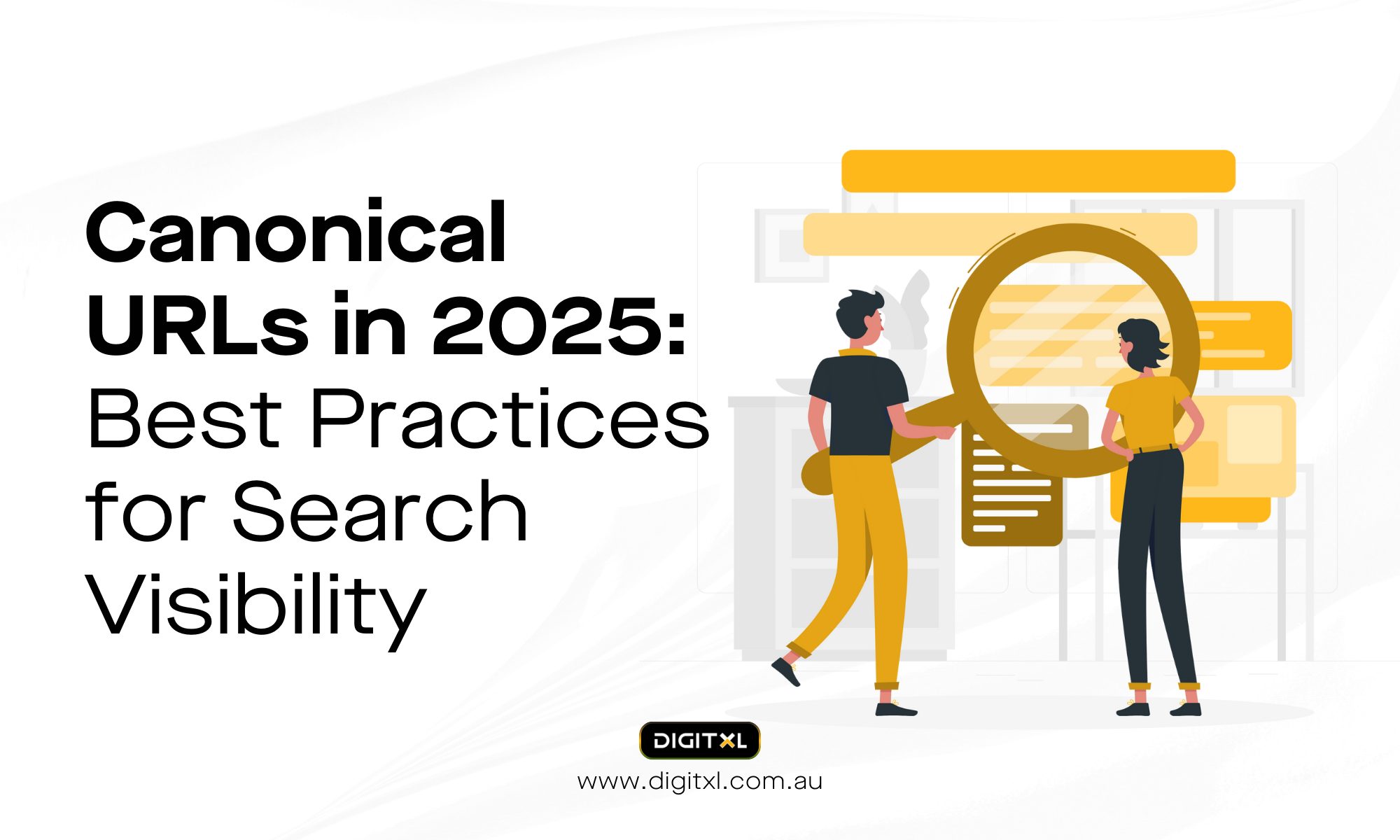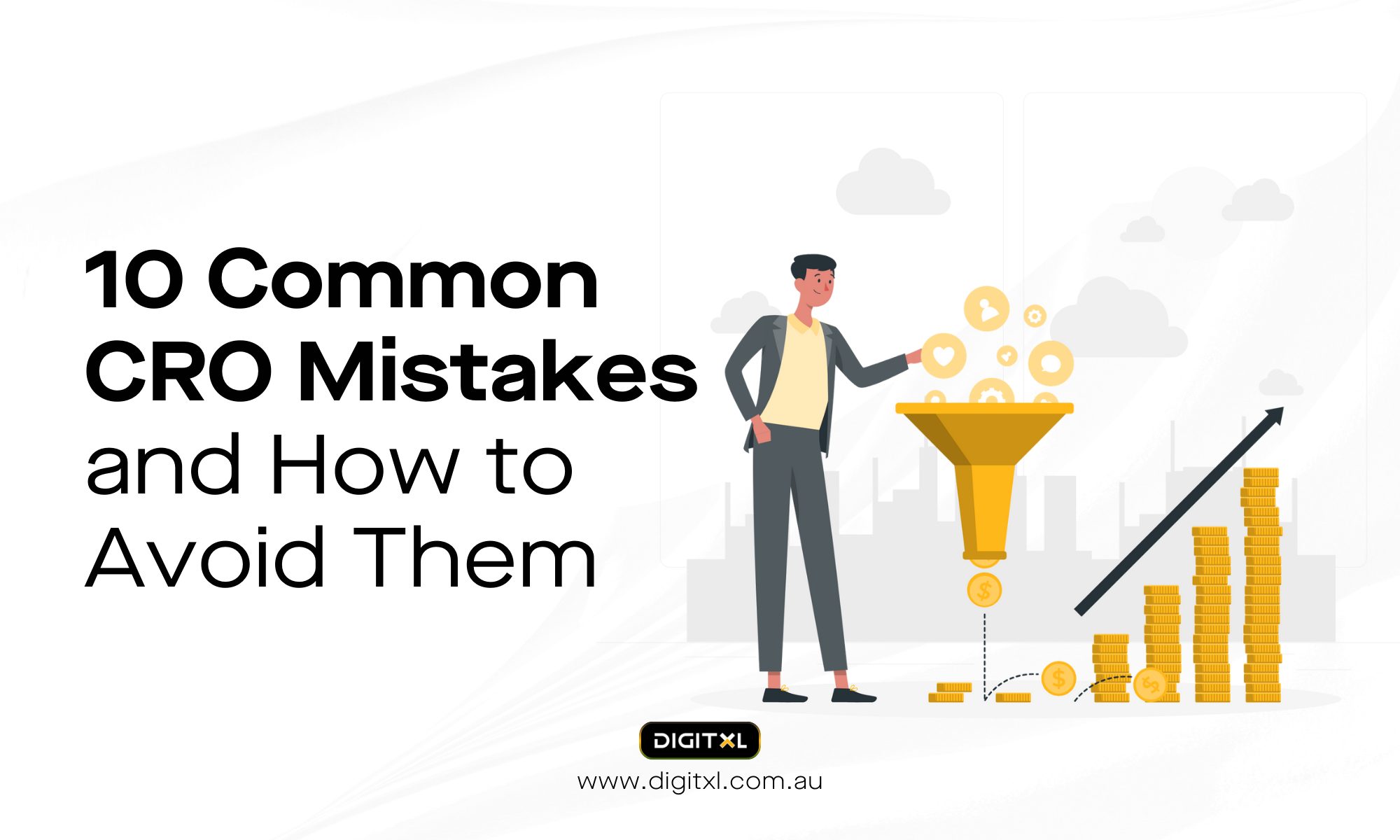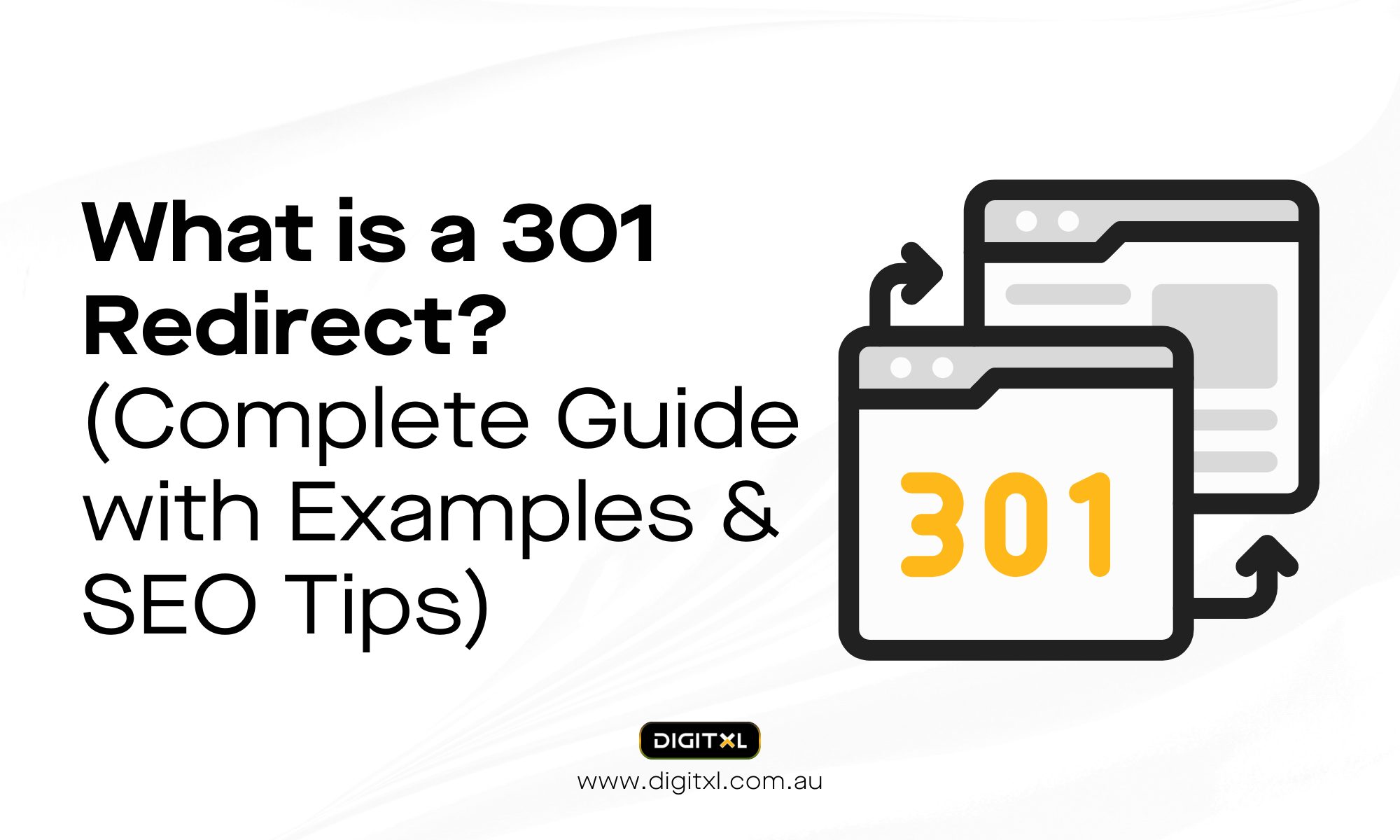- Ecommerce
Offline Conversion Tracking: Best Practices You Shouldn’t Miss
28 May 2025
Let’s be honest a lil bit..
Most teams have no idea what happens after someone fills out a form.
We celebrate the “conversion” in the CRM. A download. A demo request. Maybe even a booked meeting.
And then?
Silence.
Offline sales conversations happen. Deals close (or don’t). Events trigger. Contracts get signed. But those outcomes – the ones that actually move revenue, are nowhere to be seen in the analytics report.
And if they’re not in the data, they’re not in your optimisations.
Offline conversion tracking is what makes your performance strategy credible. Especially in B2B, lead gen, retail with in-store activity, and any multi-touch pipeline.
If you’re not feeding those outcomes back into your ad platforms, your optimisation loops are broken. Your targeting is reactive. Your budget allocation is based on partial stories.
1. What “Offline Conversions” Actually Mean
Let’s strip it down.
Offline conversions are actions that don’t happen directly on your site — but are tied to a user who did interact with a tracked campaign.
Examples:
- A form-fill that turns into a closed deal 3 months later
- A call to sales that came from a direct response ad
- An in-person appointment booked after a digital inquiry
- A POS purchase that started with a local search click
- A signup from a partner page that doesn’t fire any conversion pixel
These touchpoints still connect to digital activity — they’re just not measurable through standard browser events.
Which means: if you only rely on what your pixel sees, you’re optimising based on incomplete stories.

2. Why This Is Non-Negotiable Now
If you’re running performance campaigns on Meta, Google Ads, LinkedIn, Reddit, wherever platforms are optimising towards whatever conversion event you give them.
If that event is shallow (like a lead), and doesn’t correlate with real business impact (like revenue), then:
- Your campaigns are optimising toward noise
- Your cost per result is meaningless
- You’re scaling what looks good in a dashboard but never drives sales
Offline conversion tracking fixes this. It closes the loop between ad click and actual value.
It tells Google which leads became deals. It tells LinkedIn which ebook downloads became revenue. It tells Reddit which in-app lead forms produced customers — and which didn’t.
That changes everything.
3. Best Practices for Offline Conversion Tracking and Build a Tracking Loop
1. Set Clear Conversion Hierarchies
Not all actions are equal. Define:
- Primary conversion (revenue, sales-qualified leads, appointments)
- Mid-funnel proxies (demos, event attendance, proposal requests)
- Entry-level signals (downloads, form fills)
Only send the real stuff back as offline conversions. If it’s just a name + email with no qualification, don’t optimise toward it.
2. Match Back Using Reliable Identifiers
Most platforms let you upload offline events with identifiers like:
- Phone number
- GCLID (Google Click ID)
- FBP/FBC (Meta Click IDs)
- External IDs from CRM or call tracking software
Make sure your forms capture these IDs. Use hidden fields. Pass UTM + click IDs through to your CRM. Without that, you can’t stitch back the journey.
3. Use CAPI or Direct Uploads
Each platform has its own process:
- Google Ads: Use Enhanced Conversions or offline conversions upload via Google Sheets/API
- Meta: Use Conversions API (CAPI) with server-side uploads
- LinkedIn: Use the Offline Conversions API or CRM integration
- Reddit: Use Pixel + CAPI setup for post-click attribution
- Bonus: tools like Zapier, Segment, HubSpot, Salesforce, and LeadsBridge can automate this syncing.
4. Tie Conversions to Campaigns — Not Just Channels
Offline data is only powerful if it’s granular.
Upload events with campaign metadata (campaign ID, ad set ID, creative ID) so platforms know what actually performed.
It’s the difference between “Google is working” vs. “This campaign, with this copy, brought in $72k in closed revenue last month.”
5. Set Upload Cadence Based on Sales Cycle
If your sales cycle is 3 months, upload events weekly.
If it’s short (1–2 weeks), do it daily.
Delayed uploads are still valuable. Platforms will retroactively match. But recency = relevance. Don’t sit on your best data.
4. Real-World Example: Where Teams Get It Wrong
→ You run a lead gen campaign for a $25k software product.
→ Cost per lead = $72.
→ But only 1 in 20 leads even makes it to sales.
→ Your platform thinks it’s winning. You scale the campaign.
→ The pipeline doesn’t move.
Now flip it: you upload only closed-won deals. Match them to campaigns.
Suddenly, only 1 creative set is responsible for real revenue.
You scale that — and pause the noise.
Offline tracking = your reality check.

5. What Makes It “Sustainable”?
Not just doing it once. Making it repeatable, automated, and trustable.
Sustainable offline tracking means:
- The sales team trusts what’s being tracked
- The performance team knows what to optimise
- The CRM + ads platform are in sync — consistently
- The business stops mistaking activity for results
6. Tools & Stack You Can Use
If you’re running any platform that supports webhooks or server-side tagging, you can trigger uploads from your backend — no manual process needed.

7. Don’t Miss These Final Principles
- Map conversions to business reality, not marketing vanity.
If it didn’t move pipeline, it’s not a conversion worth chasing. - Get legal + privacy teams involved early.
You’re handling PII. Make sure it’s compliant, anonymised, encrypted. - Track outcomes. Not actions.
“Clicked a button” is not success. “Closed at $120k ACV” is. - Treat this as core infrastructure.
Not campaign-level ops. Offline tracking should be part of your always-on martech stack.
8. Final Offline Conversion Tracking Tip
Close the loop. Give your data a complete story. And finally let your campaigns optimise toward what actually matters!





